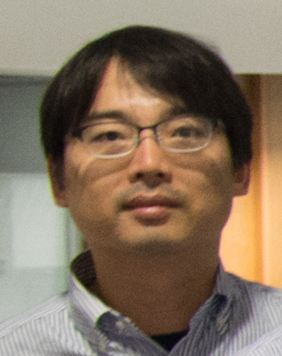Tην Δευτέρα 26 Μαρτίου 2018, στις 13:15 στην αίθουσα Β.1006 θα δοθεί ομιλία από τον Prof. Takamasa Iryo με τίτλο Directions and Purposes of Trips in a Disaster.
Περίληψη ομιλίας: Evacuation is a special type of transport problem in which everyone in a hazardous area need to leave to survive. It may be modelled by a network in which only a unique destination (i.e. a safe area) exists, which is known to be much easier to be solved compared to general dynamic traffic assignment problems. However, the single-destination-network assumption in a evacuation problem may be risky because vehicles going to different directions should impede each other and may cause a gridlock.
Analysing empirical data upon a disaster is useful to examine how far the single-destination assumption is correct. The Japanese government (MLIT, ministry of land, infrastructure, transport, and tourism) conducted a person-trip survey for several hours just after the earthquake in the cities suffered by Tsunami. This study analyses the MLIT data to discover the major direction of motions and purposes of trips after the earthquake occurs. It has been discovered that, although evacuation trips were dominant, family-related trips were also significant for around half hour after the earthquake. In addition, directions of motions were strongly biased to the mountain side for evacuation trips, while there was no significant bias for family-related trips. The above result implies that multiple-direction movements must be properly controlled at the earlier stage of the disaster to avoid a gridlock before people complete evacuation.
Σύντομο Βιογραφικό: Takamasa Iryo is a professor of Kobe University, Japan. He received Dr. Eng. (civil engineering) from the University of Tokyo in 2002. After working as a post-doc fellow, he moved to Kobe University as a research associate in 2003. He was then promoted to an associate professor in 2010 and a full professor in 2013. He is an ISAC member of the international symposium on dynamic traffic assignment since 2010, an associate editor of Transportmetrica B since 2013, and a member of the editorial advisory board of Transportation research part B. His research topics include dynamic traffic assignment, big-data analysis for transport systems, and implementation of a traffic simulator for a large-scale network in a high-performance computer.














